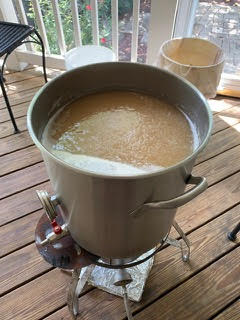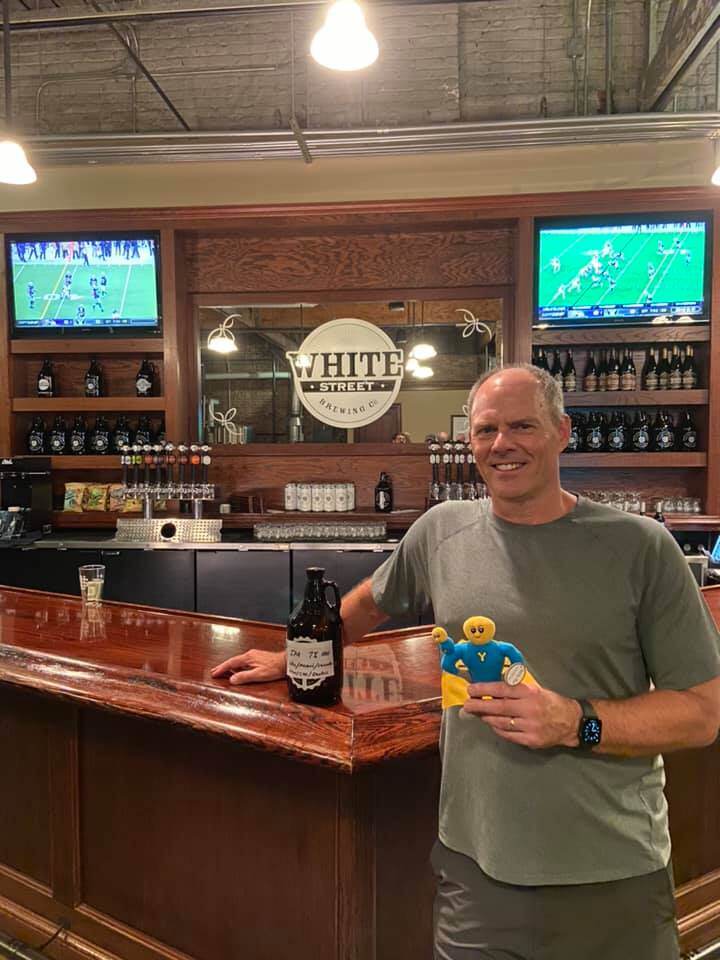“I first brewed the kit using London fog yeast. This time, I brewed it with your Kveik yeast and liked it quite a bit more.” - Steve Hilla
We enjoy seeing how brewers push the boundaries of yeast and fermentation techniques, so we recently teamed up with White Street Brewers Guild from Wake Forest, NC, to theme a homebrew competition around one thing, yeast!
The parameters were simple. Brew what you want as long as it's fermented with WLP518 Opshaug Kveik Ale Yeast. The club accepted the challenge and brewed a variety of styles ranging from hoppy beers to malty wheat and brown ales. Each beer showed uniqueness and fit the styles well, but one beer stood out above the rest. A west coast IPA made by retired electrical engineer, Steve Hilla. Steve was kind enough to share his award winning homebrew and how WLP518 Opshaug Kveik Ale Yeast helped him make a gold medal beer!
Kveik IPA - 5 Gallon Recipe
Original gravity: 1.069
Final gravity: 1.016
ABV (predicted): 6.96%
Apparent attenuation: 76%
 Fermentation Profile:
Fermentation Profile:

78°F for ~6 days and crashed to 38°F before kegging.
Mash Temperature:
152°F/66.6°C
Whirlpool:
185°F for 30 minutes, then chill to pitching temperature
WLP518 Opshaug Kveik Ale Yeast was sourced from our friend Lars Marius Garshol, and this Kveik strain was isolated from a mixed culture that belonged to Harald Opshaug, a farmhouse brewer in Stranda, Norway. This strain has been used, domesticated, and dried on Kveik rings since the 1990s to produce several kornøl-style beers.
QUICK and CLEAN fermentations
- WLP518 can tolerate temperatures up to 95°F (35°C) while finishing a clean fermentation within three to four days.
- Being able to ferment at higher temperatures is perfect for homebrewers with little to no fermentation temperature control!
- Most yeast strains that can withstand the hotter temperature are POF+(Phenolic Off-Flavor), where they produce clove-like and medicinal aromas. WLP518 is POF- meaning it won't produce those phenolic compounds, producing hop-forward, clean characteristics making it ideal for IPAs and pale ales
A kveik and excellent partnership, thanks to White Street Brewers Guild for the creative competition and congratulations to Steve Hilla. Showcasing how Kveik yeast are perfect for homebrewers and beer styles alike. Try it yourself and have fun experimenting!





